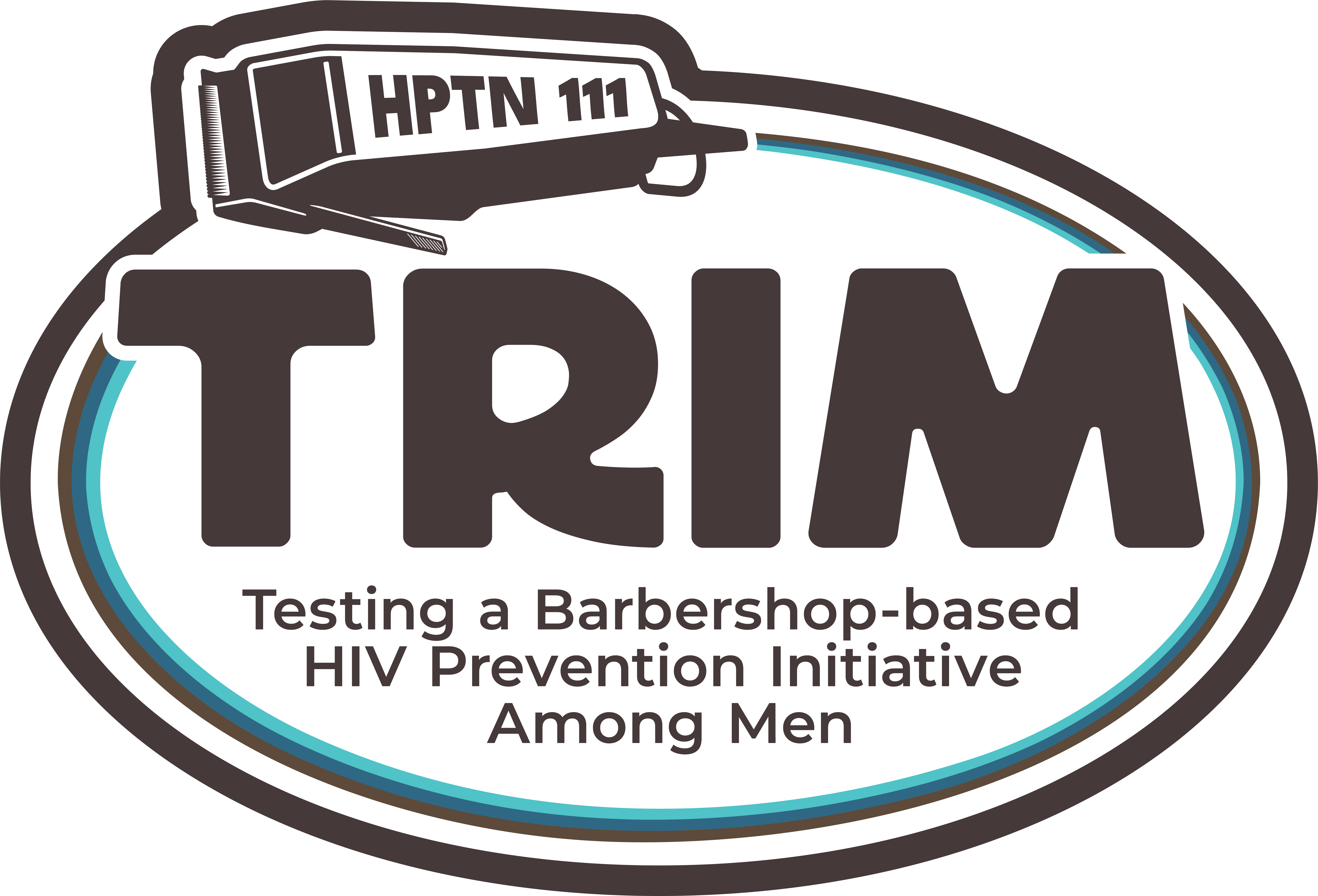Feasibility and Acceptability of a Barbershop Based HIV Prevention Initiative Among Heterosexual Men in Kalangala Islands, Uganda: A Cluster Randomized Trial

Study Details
To test community-based approaches to engage heterosexual men at risk for HIV and specifically to assess the feasibility and acceptability of a barbershop based HIV prevention program.
This is a cluster randomized study. Eighteen barbershops in the
Kalangala district, Uganda will be purposively selected to participate in the study and will be randomized 2:1 to participate in the barbershop-based HIV prevention initiative (intervention) or standard-of-care (control). Individual participants will be recruited from purposively selected barbershops. Participants enrolled from the
intervention shops will receive the barbershop based HIV prevention initiative. Participants enrolled from the control shops will receive standard-of-care HIV prevention services.
Heterosexual men behaviorally vulnerable to HIV, ages ≥ 16 years
Up to 250 men
Approximately 24 months for study start-up, participant recruitment, and follow-up, with individual participants followed for 6-12 months.
Intervention group: participants recruited from intervention
barbershops will receive the barbershop-based HIV prevention
initiative. The trained barber will provide the following services
during regular haircut services: general, status-neutral HIV education, HIV self-test kits, and information about where to receive HIV prevention services. The barber will also lead peer support group education every two months for clients enrolled in the study.
Control group: participants recruited from control barbershops will receive standard-of-care HIV prevention services which include facility-based HIV risk reduction counseling and testing and providing information about facility distributed HIV self-test kits.
All participants in both groups will complete study clinic visits for scheduled study procedures which include bio-behavioral data collection, HIV counseling and testing, and STI testing. Participants will be followed for 6 to 12 months, depending on when they are enrolled in the study.
To evaluate the feasibility and acceptability of a barbershop-based HIV prevention initiative
• To compare completion of self-initiated HIV testing between
intervention and control groups
• To evaluate the preliminary effectiveness of the intervention on change in behaviors associated with HIV acquisition
• To compare interest in or use of HIV prevention services between intervention and control groups
To evaluate the preliminary effectiveness of the intervention on
incident STIs

